Home>Garden Essentials>How Long Does It Take Scotts Grass Seed To Grow
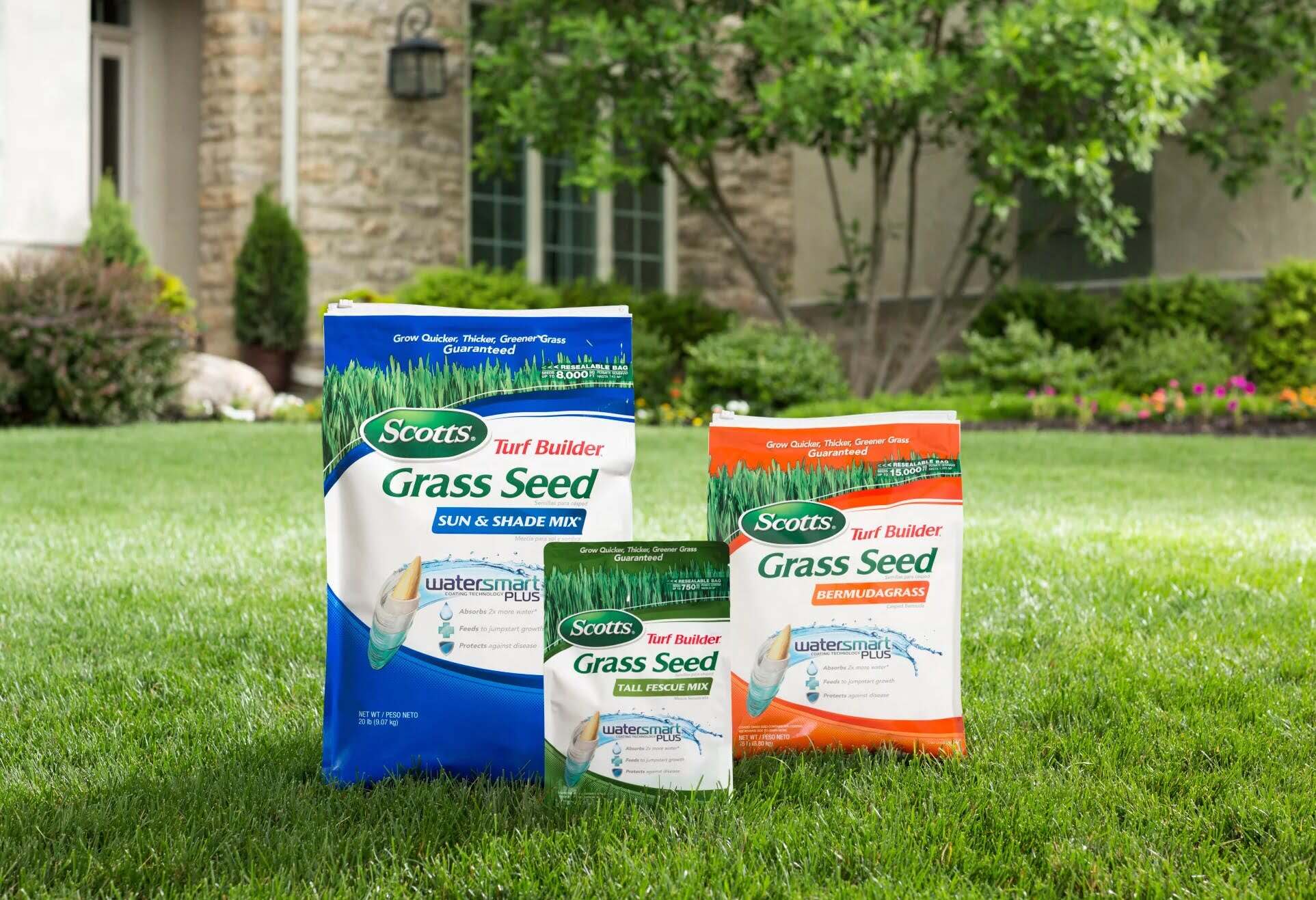

Garden Essentials
How Long Does It Take Scotts Grass Seed To Grow
Modified: August 17, 2024
Discover how long it takes for Scotts grass seed to grow in your garden. Get expert tips and insights on maximizing growth and achieving a lush, green lawn.
(Many of the links in this article redirect to a specific reviewed product. Your purchase of these products through affiliate links helps to generate commission for Storables.com, at no extra cost. Learn more)
Introduction
Welcome to the world of gardening! If you’re new to growing grass or simply looking to enhance your lawn, one crucial step is to choose the right grass seed. Among the many options available, Scotts grass seed is a popular choice for its quality and reliability.
However, it’s important to understand that simply selecting the right seed isn’t enough. The success of your grass seed growth depends on various factors, such as the germination period, ideal growing conditions, and proper care. In this article, we’ll delve into these aspects and provide you with valuable insights on how long it takes for Scotts grass seed to grow.
Before we dive into the specifics, it’s important to note that growing grass from seed requires patience and consistent care. It’s a process that can take time, but the end result of a lush and healthy lawn makes it all worthwhile.
Now, let’s explore the factors that can influence the growth of Scotts grass seed.
Key Takeaways:
- Patience and proper care are essential for growing Scotts grass seed, with germination taking around 7 to 14 days. Consistent moisture, ideal soil conditions, and attention to potential challenges are key for success.
- To speed up Scotts grass seed growth, consider overseeding, reducing weed competition, proper watering, and fertilization. Troubleshoot common issues like poor germination and weed growth promptly for a lush, vibrant lawn.
Read more: How Long Does It Take Seeds To Grow
Factors Affecting Grass Seed Growth
Several factors come into play when it comes to the growth of grass seeds, including those from Scotts. Understanding these factors will help you set realistic expectations and take appropriate actions to ensure successful growth. Here are some of the key factors:
- Seed Quality: The quality of the grass seed itself plays a crucial role in its germination and growth. Opt for reputable brands like Scotts, known for their high-quality seeds that have been tested for purity and viability.
- Soil Conditions: The quality and composition of the soil can significantly impact grass seed growth. Soil that is rich in organic matter, well-drained, and with a balanced pH level (around 6 to 7) provides the ideal foundation for healthy root development and robust growth.
- Moisture: Adequate moisture is essential for grass seed germination. During the initial growth stage, seeds need consistent moisture to sprout and establish a strong root system. Dry or excessively wet conditions can hinder germination and growth.
- Temperature: Grass seed growth is influenced by temperature. Different grass species have specific temperature preferences for optimal growth. Generally, cool-season grasses prefer temperatures between 60 to 75°F (15 to 24°C), while warm-season grasses thrive in temperatures between 75 to 90°F (24 to 32°C).
- Light Exposure: Light is essential for photosynthesis, which fuels plant growth. While grass seed needs some light for germination, it’s important not to expose newly seeded areas to excessive direct sunlight, as it can dry out the soil and inhibit growth.
- Weed Competition: Weeds can compete with grass seedlings for nutrients, sunlight, and space. To ensure healthy grass growth, it’s crucial to control weeds through proper weed management practices like pre-emergent herbicides or manual removal.
- Grass Type: Different grass species have varying growth rates. Some varieties may have faster germination and establish quicker than others. Understanding the specific grass type you’re working with, such as Kentucky Bluegrass or Bermudagrass, can help you set realistic expectations.
Now that you have a better understanding of the factors that influence grass seed growth, let’s explore how long it takes for Scotts grass seed to germinate.
Germination Period for Scotts Grass Seed
The germination period refers to the time it takes for the grass seed to sprout and develop into seedlings. For Scotts grass seed, the germination period can vary depending on various factors, including the specific type of grass and the growing conditions. However, in general, you can expect to see the first signs of germination within 7 to 14 days after sowing the seed.
Keep in mind that this is just an average estimate, and germination times can vary. Some grass species, such as Kentucky Bluegrass, may have a longer germination period compared to others. Additionally, factors like temperature, moisture, and sunlight exposure can influence how quickly the seeds sprout.
During the germination period, it’s important to provide the seeds with consistent moisture to encourage sprouting. This can be done by lightly watering the seeded area, keeping the soil damp, but not saturated. Avoid overwatering, as it can lead to fungal diseases and hinder germination.
Another important aspect to note is that not all grass seeds may germinate at the same time. Some seeds may sprout earlier, while others may take a bit longer. This is normal and doesn’t necessarily indicate a problem.
Once the seeds have germinated, it’s crucial to continue providing proper care to ensure their healthy growth and establishment. Let’s explore the ideal growing conditions for Scotts grass seed in the next section.
Ideal Growing Conditions for Scotts Grass Seed
To maximize the growth and success of your Scotts grass seed, it’s essential to create and maintain ideal growing conditions. Here are some key factors to consider:
- Soil Preparation: Before sowing the grass seed, prepare the soil properly. Remove any rocks, debris, or existing vegetation. Loosen the soil to a depth of 4 to 6 inches (10 to 15 cm) to allow for root penetration. Incorporate organic matter, such as compost, to improve soil structure and fertility.
- Moisture: Adequate moisture is crucial for grass seed germination and growth. Water the seeded area regularly, keeping the soil consistently moist. Avoid excessive watering or allowing the soil to dry out completely.
- Temperature: Grass seed growth is influenced by temperature. For cool-season grasses, the ideal temperature range for growth is between 60 to 75°F (15 to 24°C). Warm-season grasses prefer temperatures between 75 to 90°F (24 to 32°C). Ensure that the growing conditions align with the temperature preferences of the specific grass type you’re working with.
- Sunlight: Most grass species thrive in areas with full sun, receiving at least 6 to 8 hours of direct sunlight per day. However, some grass varieties, such as fine fescue, can tolerate partial shade. Make sure to choose the appropriate grass species for the light conditions in your lawn.
- Fertilization: Regular fertilization is essential for the long-term health of your grass. As the seedlings start to establish, consider using a slow-release or starter fertilizer specifically formulated for new grass. Follow the instructions provided by the manufacturer to apply the correct amount of fertilizer.
- Protection from Foot Traffic: While the grass seed is establishing, it’s important to minimize foot traffic on the newly seeded area. Excessive walking or playing on the new grass can disrupt growth and damage the delicate seedlings.
- Mowing: Once your grass has reached a height of 3 to 4 inches (7 to 10 cm), you can start mowing it. Ensure that your lawnmower blades are sharp and set at an appropriate height, typically around 2 to 3 inches (5 to 8 cm) for most grass species.
- Weed Control: Weeds can compete with grass seedlings for nutrients and space. Apply pre-emergent herbicides before sowing the grass seed to prevent weed growth. For existing weeds, consider spot-treating with herbicides labeled safe for your specific grass species.
By providing the ideal growing conditions, you can help your Scotts grass seed thrive and develop into a beautiful, healthy lawn.
Next, let’s explore some tips for speeding up the growth of your grass seed.
Scotts grass seed typically takes about 7-14 days to germinate and start growing. However, the exact time can vary based on factors like temperature, moisture, and soil conditions. Keep the soil consistently moist for best results.
Tips for Speeding up Grass Seed Growth
If you’re eager to see quick results with your Scotts grass seed, there are several tips and techniques you can employ to help speed up the growth process. While it’s important to remember that grass seed growth takes time, these tips can aid in promoting faster establishment. Here are some effective strategies:
- Overseeding: Overseeding involves spreading additional grass seed over an existing lawn. This helps fill in any sparse areas and promotes faster coverage and establishment. Consider overseeding with Scotts grass seed to accelerate growth.
- Reduce Competition: Minimize competition from weeds by applying pre-emergent herbicides to the soil before seeding. These products prevent weed seeds from germinating and can give your grass seedlings a better chance at growth.
- Watering: Ensure consistent and adequate moisture by watering the newly seeded area regularly. Water deeply and infrequently to encourage deep root growth. Avoid overwatering, as it can lead to shallow root development and weaken the seedlings.
- Mow Properly: Once your grass seedlings have reached a height of 3 to 4 inches (7 to 10 cm), it’s time to mow. Set your lawnmower blades at the recommended height for your grass type and trim lightly. Be careful not to remove more than one-third of the grass blade in a single mowing.
- Fertilization: Applying a starter fertilizer specifically formulated for new grass can provide essential nutrients for rapid growth. Look for fertilizers with a high phosphorus content to promote strong root development.
- Keep Soil Covered: Mulching the newly seeded area with straw or a thin layer of compost can help retain moisture, regulate soil temperature, and protect the seedlings from excessive sunlight. Remove the mulch once the grass is established.
- Monitor and Adjust: Regularly monitor the growth and condition of your grass seedlings. Adjust your watering and maintenance practices as needed based on the specific needs of your grass species and local environmental conditions.
- Patience and Consistency: Finally, remember that patience and consistency are key. Grass seed growth takes time, and it’s important to provide ongoing care and maintenance to ensure the long-term health of your lawn.
By following these tips, you can help expedite the growth process for your Scotts grass seed and achieve a lush, vibrant lawn in a shorter span of time.
However, it’s important to note that individual results may vary, and factors such as grass species, climate, and growing conditions can influence the speed of growth.
Now, let’s address some common challenges and offer troubleshooting tips when dealing with grass seed growth.
Read more: How Long Does It Take For Grass To Grow
Common Challenges and Troubleshooting
While growing grass seed can be a rewarding experience, it’s not without its challenges. Understanding common issues that may arise and being prepared to troubleshoot them can help you overcome any obstacles. Here are some common challenges and their corresponding troubleshooting tips:
- Poor Germination: If you notice patchy or uneven germination, it may be due to inadequate soil contact or insufficient moisture. Ensure that the grass seed makes good contact with the soil by raking it lightly after seeding. Additionally, check your watering practices to ensure the soil stays consistently moist during the germination period.
- Weed Growth: Weeds can be a common problem when growing grass seed. To tackle weed growth, be proactive by applying pre-emergent herbicides before seeding. For existing weeds, consider spot-treating with herbicides labeled safe for your grass species. Hand pulling or using a weeding tool can also be effective for small weed infestations.
- Soil Compaction: Compacted soil can inhibit grass seed growth by restricting root penetration and hindering water and nutrient absorption. If you suspect soil compaction, consider aerating the area before seeding to loosen the soil and improve its structure.
- Pests and Diseases: Insects and diseases can pose a threat to grass seedlings. Regularly inspect the lawn for signs of pests or diseases, such as discolored patches or chewed foliage. If a problem is detected, consult with a local garden center or professional for appropriate treatment options.
- Improper Mowing: Improper mowing practices can weaken or damage grass seedlings. Ensure your lawnmower blades are sharp and set to the recommended height for your grass species. Avoid cutting the grass too short, as this can stress the seedlings and make them more susceptible to diseases and weed competition.
- Insufficient Nutrients: Grass seedlings require proper nutrition for healthy growth. If you notice slow or stunted growth, consider applying a balanced fertilizer according to the recommended rates. This will ensure that the young seedlings receive the necessary nutrients to establish a strong foundation.
- Environmental Factors: Extreme weather conditions or sudden temperature fluctuations can impact grass seed growth. While you can’t control the weather, you can take precautions such as providing shade or using temporary coverings during extreme heat or protecting the seeds from heavy rainfall with a light covering.
By being attentive to these common challenges and taking appropriate measures, you can address issues that may arise during the grass seed growth process and set your lawn up for success.
Now that we’ve covered common challenges and troubleshooting, let’s wrap up with a summary.
Conclusion
Congratulations! You are now equipped with valuable knowledge on how to grow Scotts grass seed successfully. By understanding the factors that affect grass seed growth, such as seed quality, soil conditions, moisture, temperature, and light exposure, you can create favorable conditions to promote germination and healthy growth.
Remember that growing grass from seed requires patience, consistent care, and proper maintenance. While the germination period for Scotts grass seed may take around 7 to 14 days, the establishment and maturation of a healthy, vibrant lawn will take time and ongoing efforts.
By following tips for speeding up grass seed growth, such as overseeding, reducing competition, proper watering, fertilization, and maintaining ideal growing conditions, you can accelerate the growth process and enjoy a lush lawn sooner.
However, it’s important to be aware of common challenges that may arise, such as poor germination, weed growth, soil compaction, pests and diseases, improper mowing, and insufficient nutrients. By troubleshooting these issues promptly and implementing appropriate solutions, you can overcome challenges and ensure the long-term success of your grass seed growth.
Remember that each lawn is unique, and factors like grass type, climate, and local conditions can influence the speed and success of grass seed growth. Thus, it’s important to tailor your approach to suit your specific circumstances.
With proper care and attention, your Scotts grass seed has the potential to transform your outdoor space into a green oasis that you can take pride in. So grab your gardening tools, sow those seeds, and enjoy the fulfilling journey of growing a beautiful and healthy lawn!
Happy gardening!
Frequently Asked Questions about How Long Does It Take Scotts Grass Seed To Grow
Was this page helpful?
At Storables.com, we guarantee accurate and reliable information. Our content, validated by Expert Board Contributors, is crafted following stringent Editorial Policies. We're committed to providing you with well-researched, expert-backed insights for all your informational needs.


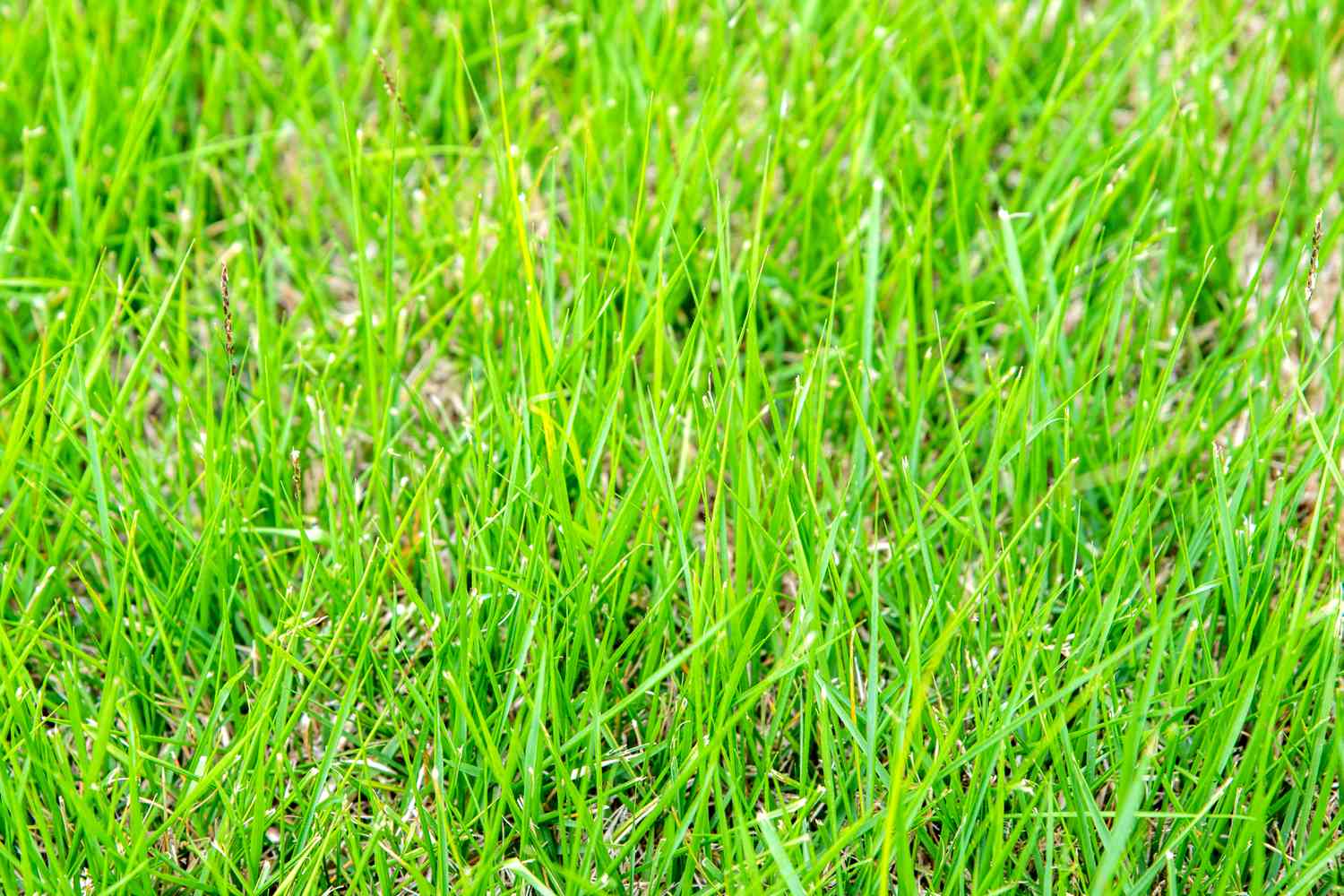
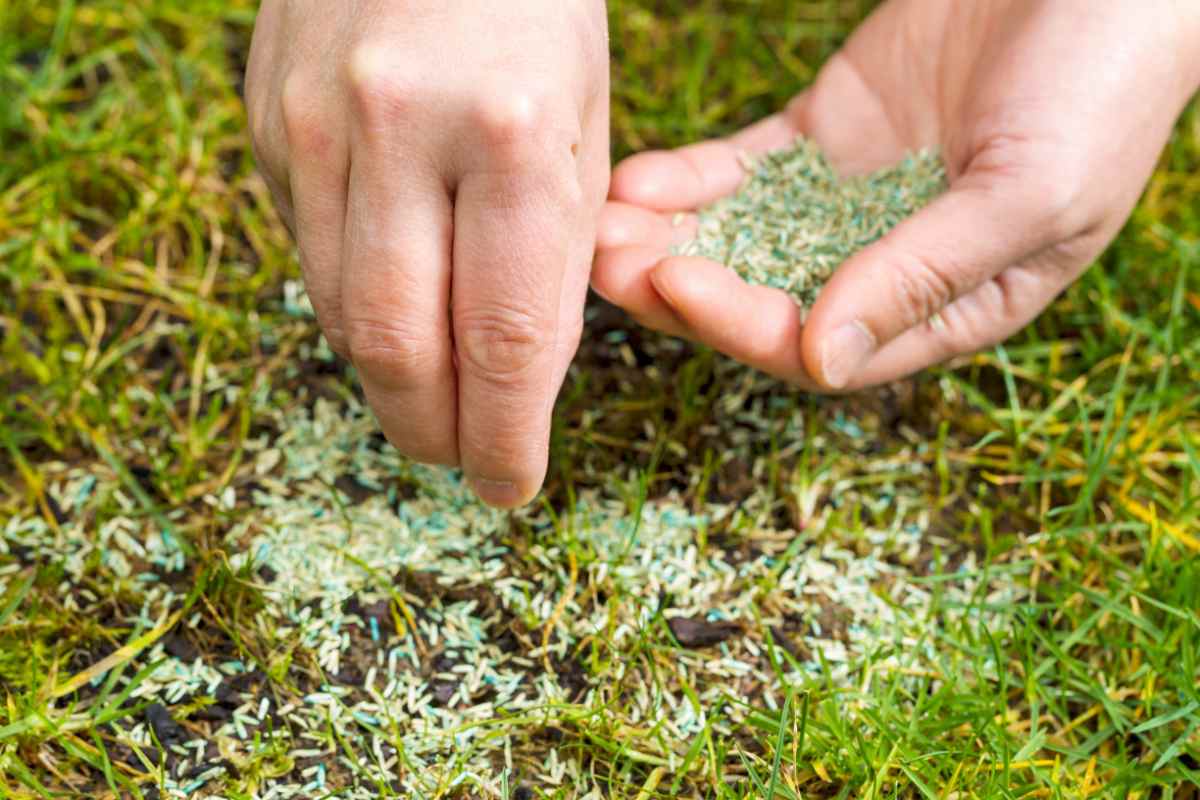

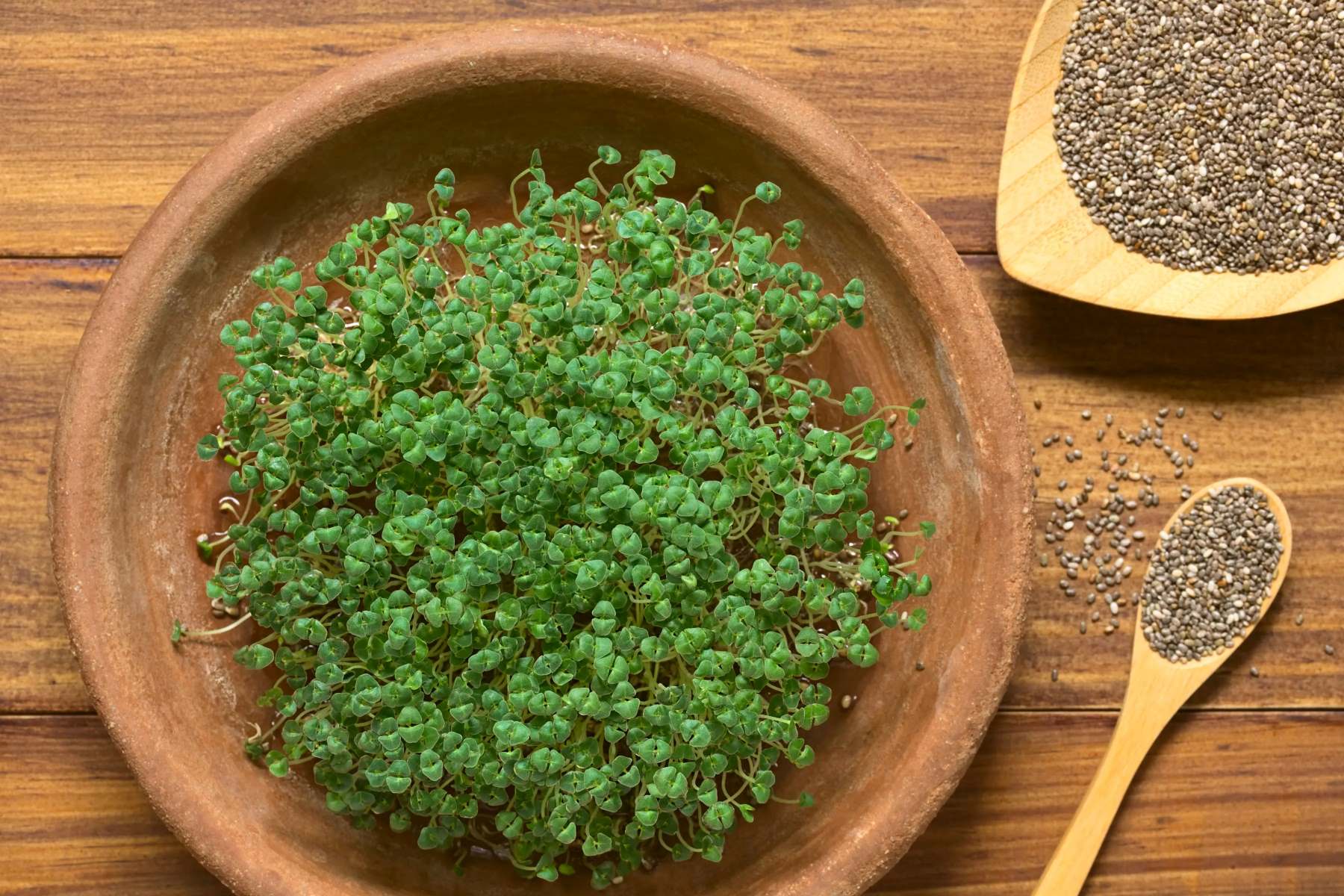
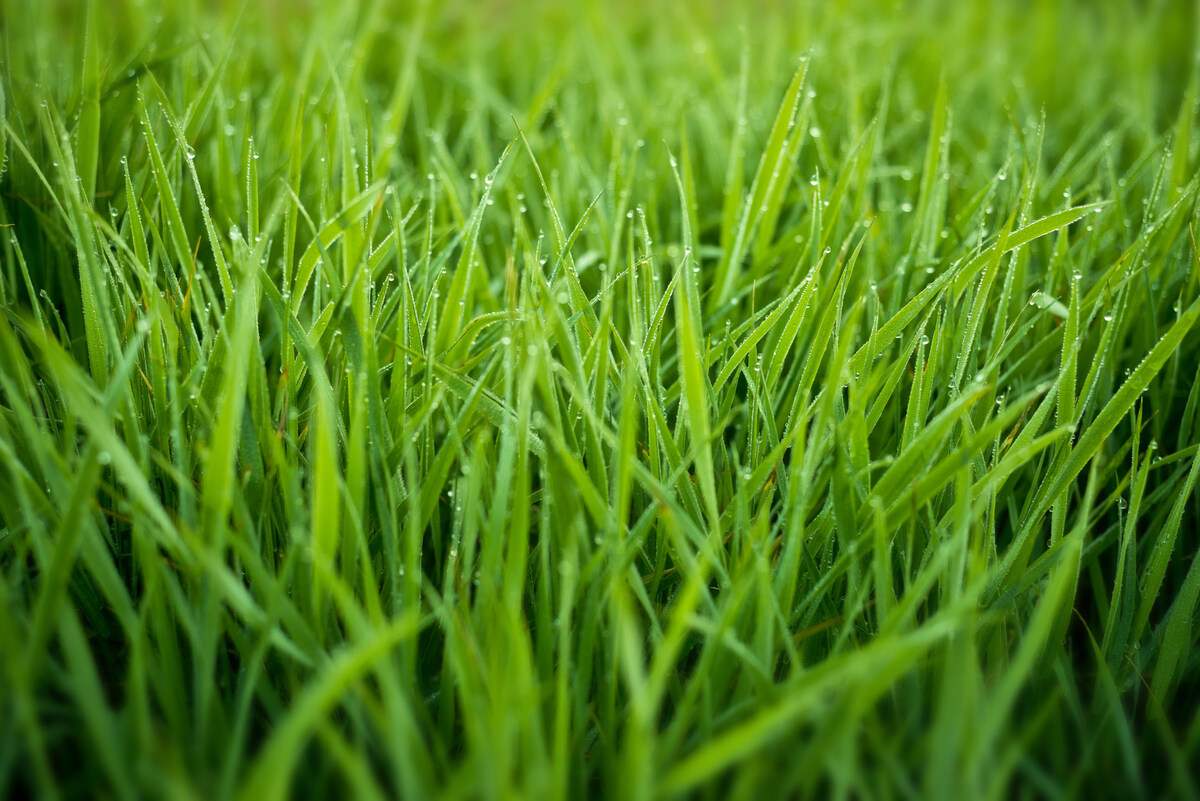
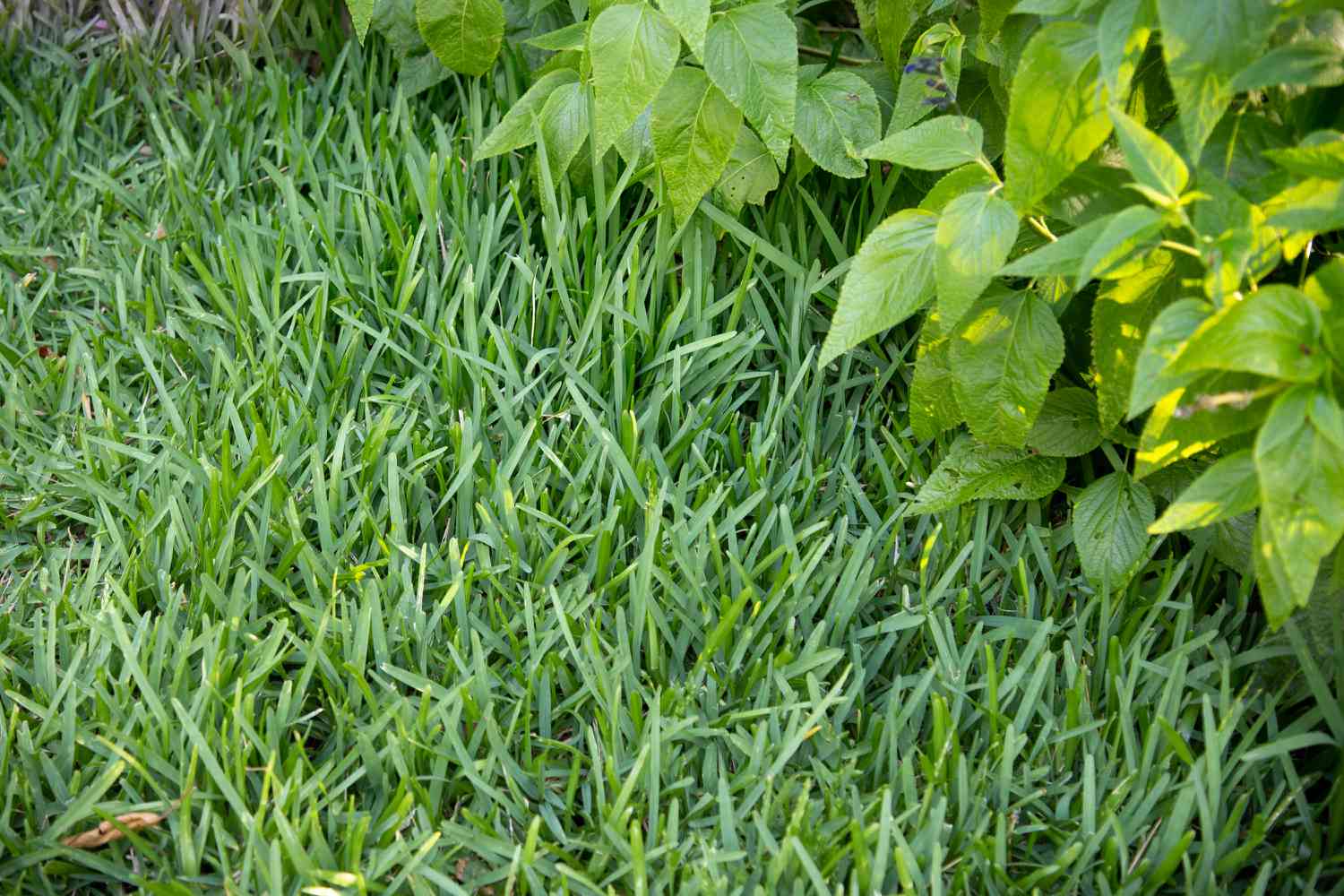
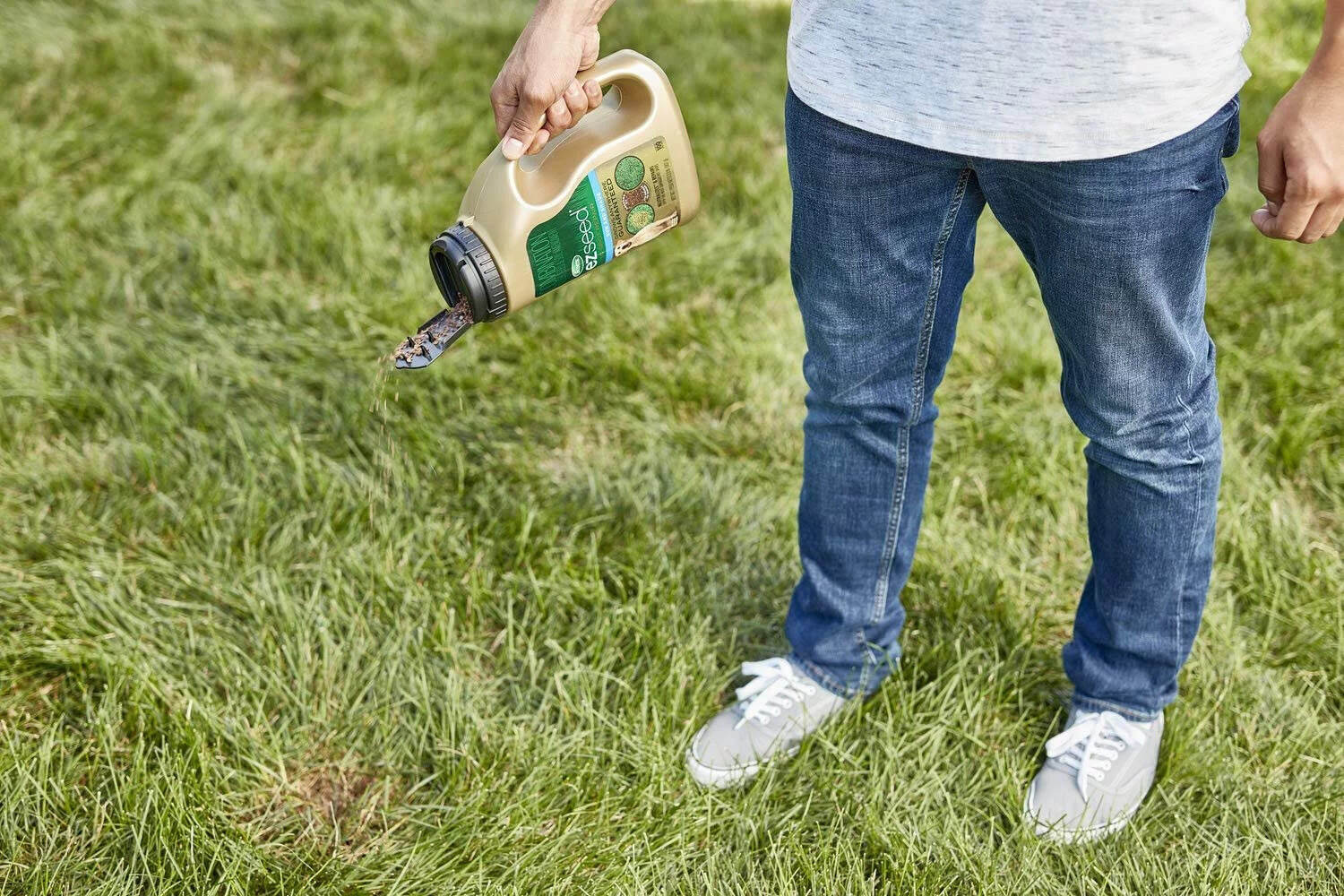
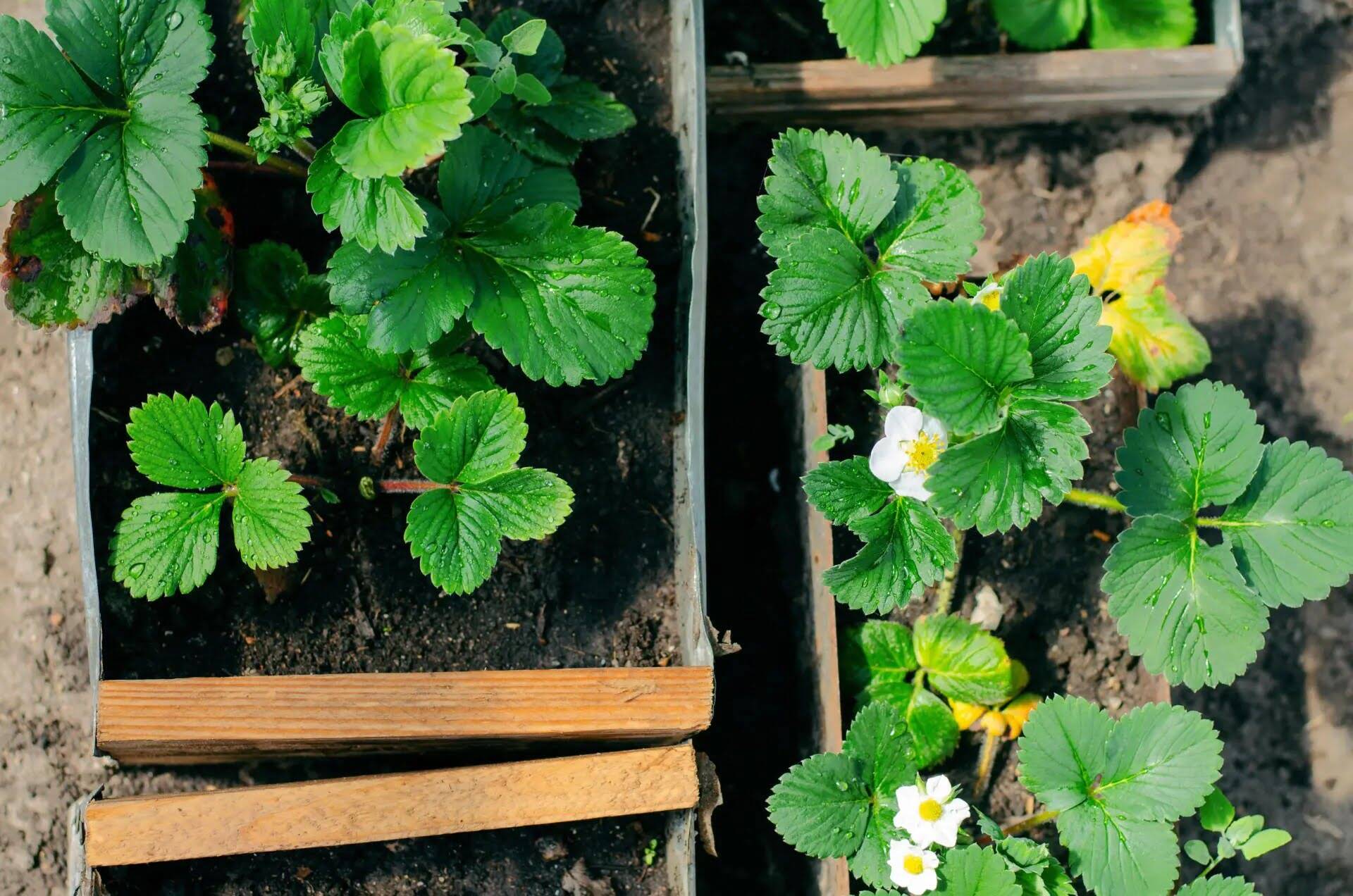

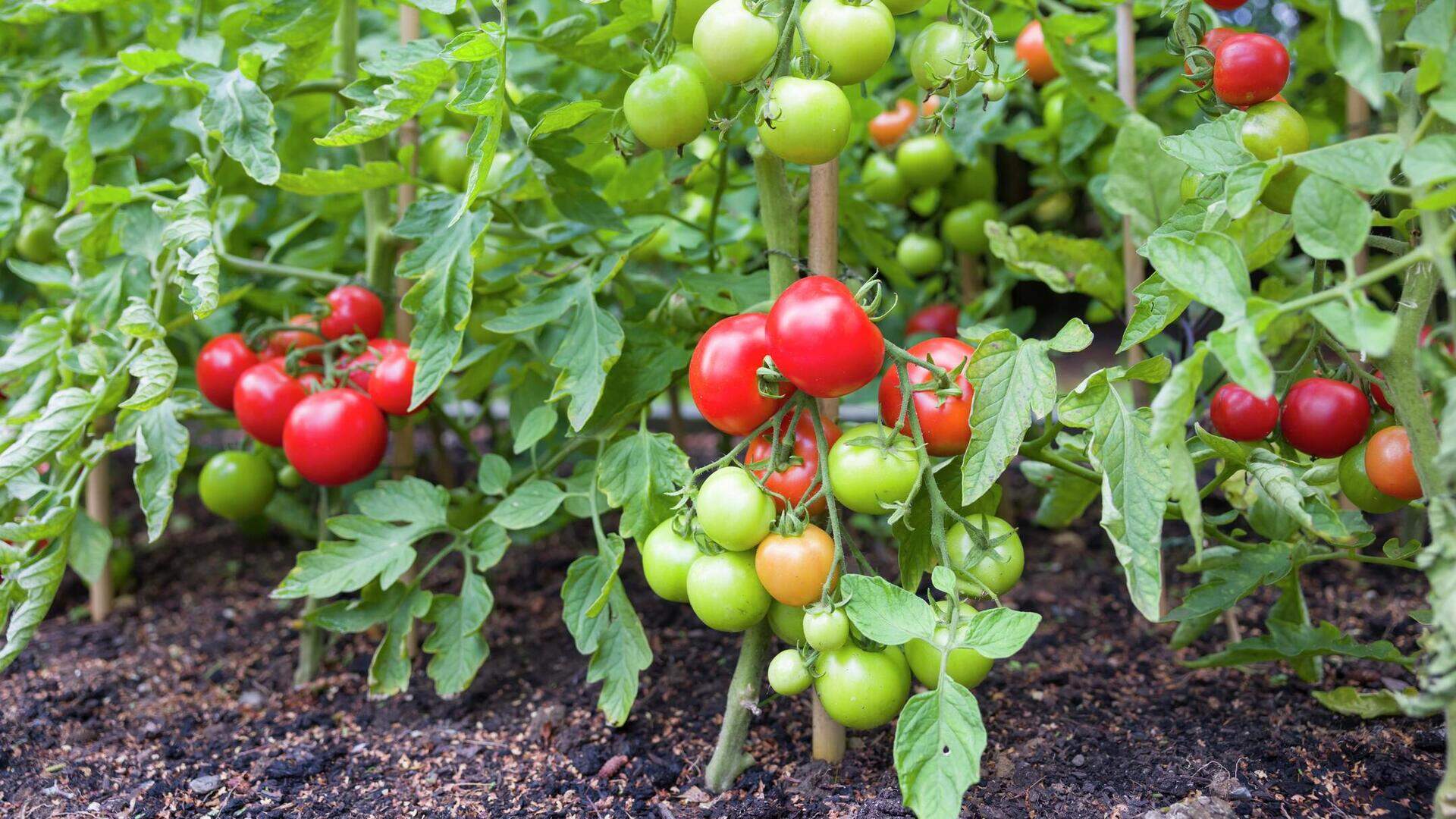
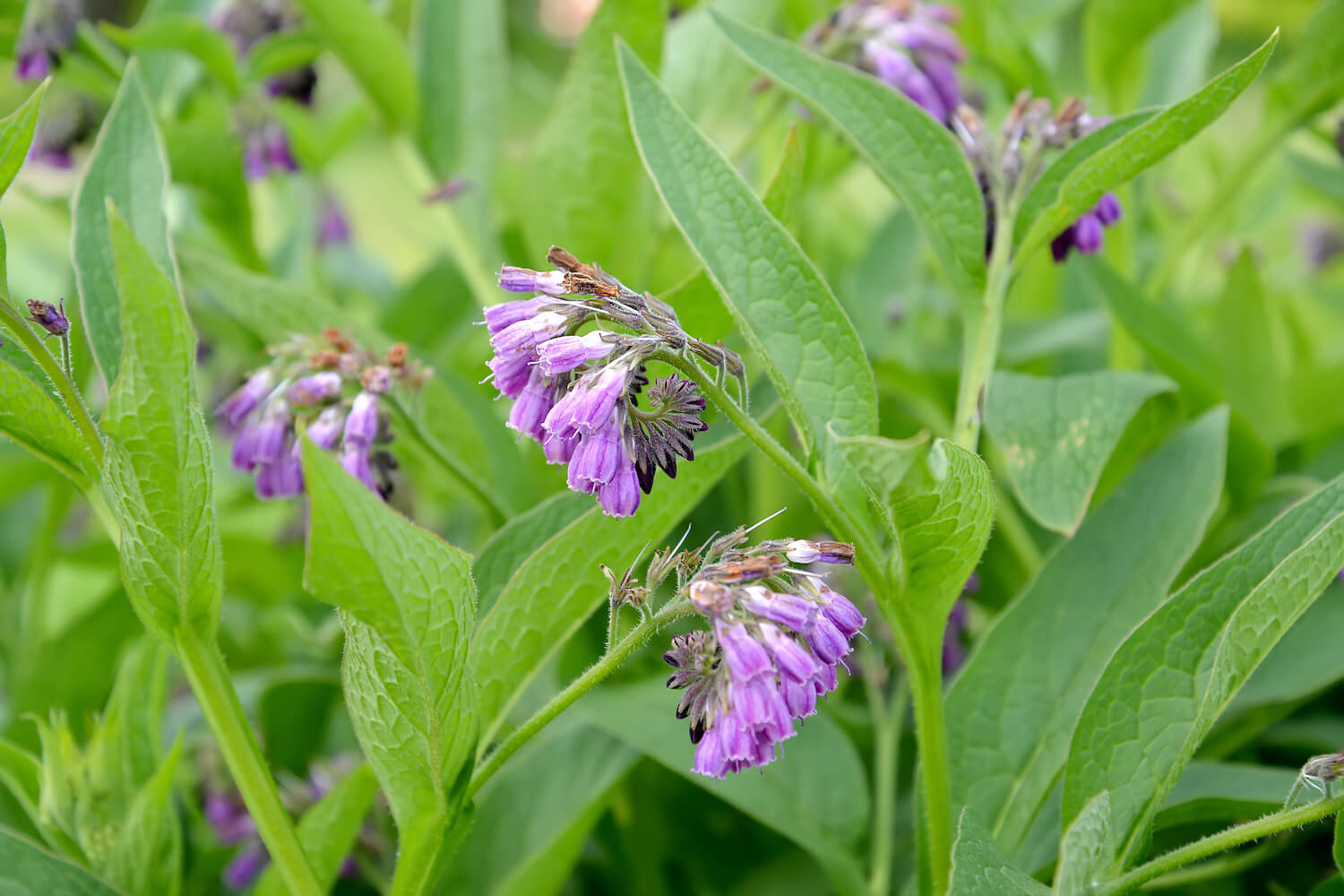
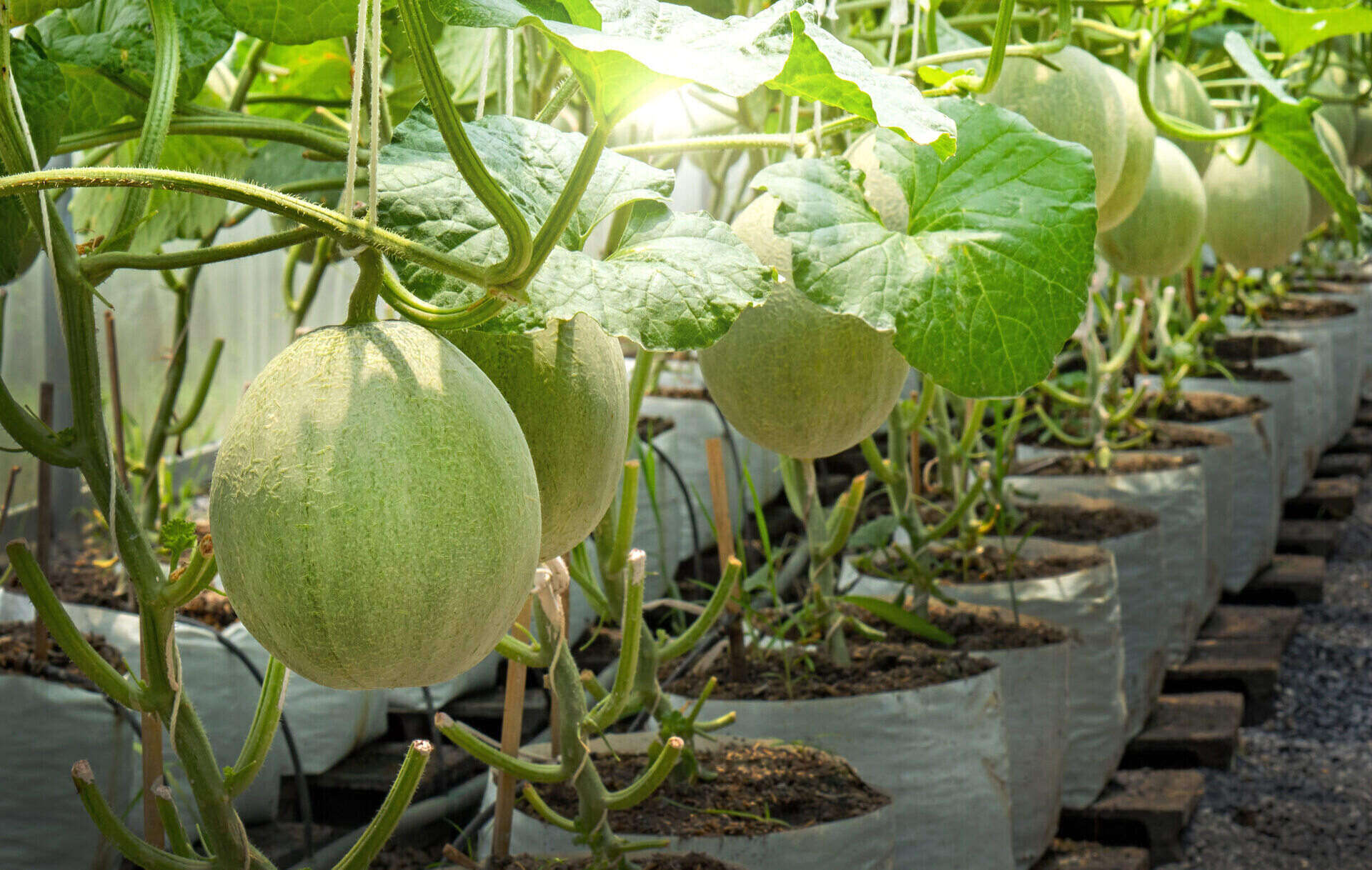

0 thoughts on “How Long Does It Take Scotts Grass Seed To Grow”